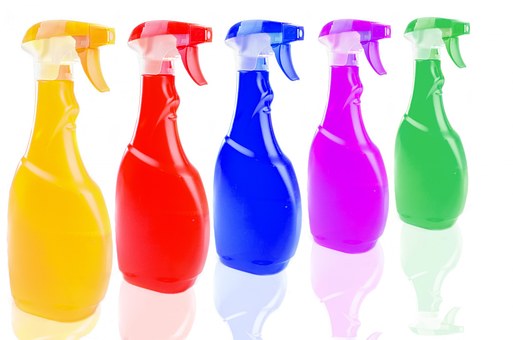With the mind-boggling array of sports drinks offerings on the market today, it’s pretty easy to stay hydrated. And for those truly devoted to their workouts, there may be some concern about adequate fluid replacement. But the hard part is to glean the differences between the myriad choices on the shelves. This is where a little research is in order.
The two most popular sports drinks, Gatorade and Powerade, are both easily found in virtually every corner store. Both sports drinks are available in every conceivable color and flavor imaginable. There’s low calorie choices, vitamin-infused choices, and the coolest packaging of any drinks on the market! So, does one drink really have some special trait that makes it the very best choice?
As the leading sports drinks, Gatorade and Powerade each contain about 2/3 the amount of sugar found in any regular soda . Powerade’s offerings average 8% sugar in a single serving, while Gatorade averages 6% sugar per serving. Since the American College of Sports Medicine recommends between 4% and 8% sugar, both drinks are well within the acceptable range of sugar content.
Another difference between Gatorade and Powerade is the type of sugar they deliver. Gatorade uses dextrose and sucrose (table sugar), but Powerade uses high fructose corn syrup ( which is associated with some health concerns). Yet, Gatorade Thirstquencher ( Fruit Punch flavor) and Powerade Mountain Berry Blast have nearly identical nutrition information on their labels, with 130 calories, 34 grams of carbs, and 0 grams of fat and protein. While these values vary the tiniest bit with the different flavors and varieties of each sport drink, there is really no notable difference until the sodium content comes to light.
Per each one liter serving, Gatorade contains 450 milligrams of sodium, while Powerade’s sodium content is a mere 225 milligrams. Sports drinks, in general, will have us believe that this level of sodium, in conjunction with an electrolyte mix, is absolutely essential to rehydrating and replacing fluids presumably lost in sweat. Yet, the experts at fitday.com, beg to differ, because very few exercises or workout regimens are intense enough to warrant that high level of sodium to aid in fluid replacement.
The most interesting differences between Powerade and Gatorade surely lie in their respective origins. Gatorade, owned by Pepsico, came on the scene way back in 1965. It’s invention was exclusively for the University of Florida Gators. The very first experimental batch cost a mere $35.00 to produce. Powerade, a Coca-Cola company, is a youngster by comparison, having been introduced in 1988, as a competitor in the sports drink market.
Bright colors and celebrity athlete endorsements are major attractions to most athletes and exercisers. We’d like to believe our physical endeavors compare to the professionals. But only the MOST strenuous workouts, exceeding 60 minutes, or in extreme heat, require any level of additional sodium or electrolytes. For most of us, turns out Mom’s advice was quite accurate ( once again)! Just take some water and a piece of fruit!


















